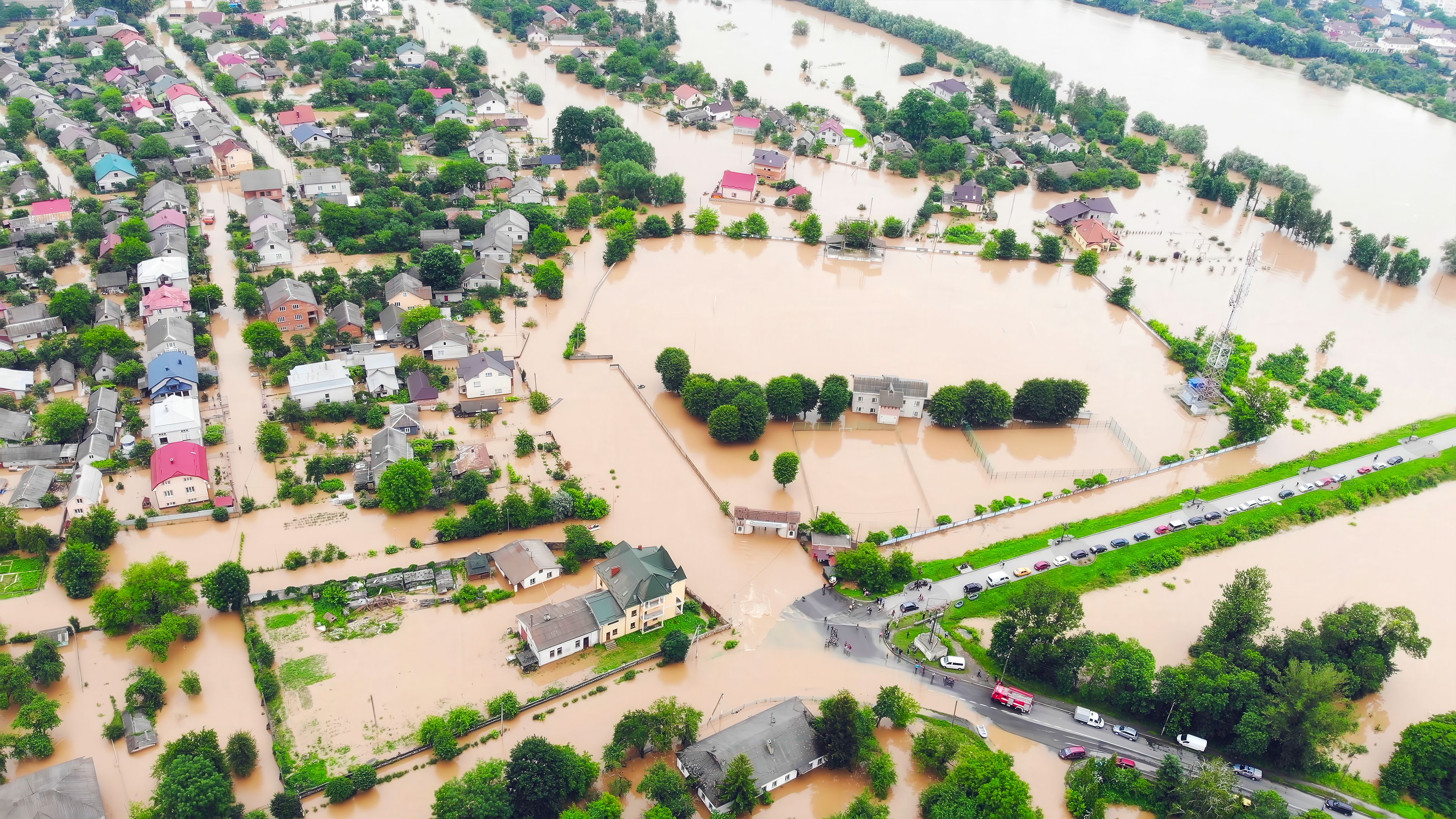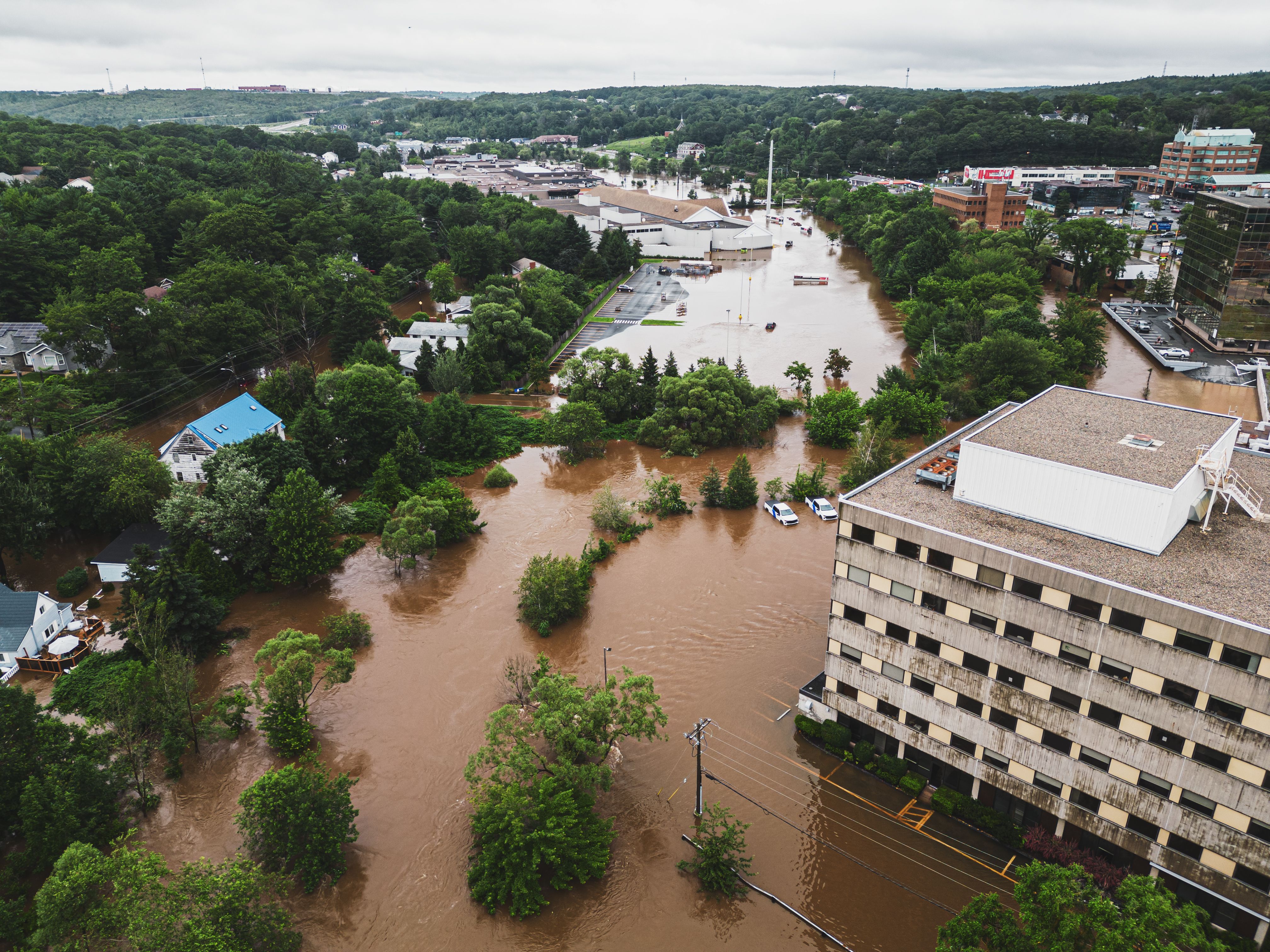Evaluating Flood Risks: A Practical Guide
Understanding Flood Risks
Flooding is a natural disaster that can cause extensive damage to properties and communities. Understanding and evaluating flood risks is crucial for homeowners, businesses, and local governments. By assessing these risks, you can take proactive measures to protect your property and ensure the safety of your loved ones.
Flood risks vary from one location to another based on several factors such as geography, climate, and urban development. Knowing the specific threats in your area is the first step in preparing for potential flooding events. Let's explore how you can evaluate flood risks effectively.

Assessing Your Area's Flood History
To accurately evaluate flood risks, start by researching the flood history of your area. Historical data can provide insights into the frequency and severity of past flooding events. Local government offices, libraries, or online databases often have records of historical floods.
Additionally, consider reaching out to long-term residents or community associations who might have firsthand knowledge of previous floods. Understanding the patterns and impacts of past floods will help you gauge future risks more accurately.

Understanding Flood Zones and Maps
Flood zones are designated areas that are subject to varying levels of flood risk. The Federal Emergency Management Agency (FEMA) provides flood maps that classify regions based on their likelihood of flooding. These maps are valuable tools for identifying your property's risk level.
When reviewing flood maps, pay attention to the different zones, such as high-risk areas (known as Special Flood Hazard Areas) and moderate-to-low risk zones. Properties in high-risk areas may require additional insurance or structural modifications to mitigate flood damage.

Evaluating Environmental Factors
Environmental factors play a significant role in flood risks. Consider the topography of your area, including proximity to rivers, lakes, or coastal regions. Low-lying areas are more susceptible to flooding, especially during heavy rains or storm surges.
Soil type and vegetation also influence flood risks. Areas with poor drainage or limited vegetation may experience more severe flooding. By understanding these environmental characteristics, you can better predict and prepare for potential flood events.
Considering Climate Change Impacts
Climate change is altering weather patterns and increasing the frequency of extreme weather events. As a result, areas previously considered low-risk may now face higher flood risks. Rising sea levels and more intense storms contribute to changing flood dynamics.
Stay informed about climate change projections and how they might affect your region. Being proactive in adapting to these changes can save time, money, and resources in the long run.

Implementing Mitigation Strategies
Once you've evaluated the flood risks for your area, implementing mitigation strategies is essential. Consider options such as installing flood barriers, improving drainage systems, or elevating your home. These measures can significantly reduce potential flood damage.
Moreover, having an emergency plan in place is crucial. Ensure that every household member knows what to do in case of a flood warning. Regular drills and updates to your plan can ensure everyone is prepared and safe.
Reviewing Insurance Options
Flood insurance can provide a financial safety net in the event of a flood. Evaluate your insurance options and ensure you have adequate coverage based on your property's risk level. Standard homeowner’s insurance policies often do not cover flood damage, so additional policies may be necessary.
Consult with an insurance agent to determine the best coverage for your needs. Having the right insurance policy can alleviate significant financial burdens after a flooding event.
Staying Informed and Updated
Finally, staying informed about flood risks is an ongoing process. Regularly check updates from local authorities and weather services regarding potential floods in your area. Engage with community programs focused on disaster preparedness to stay ahead of any threats.
By continuously evaluating flood risks and adapting to new information, you can protect your property and ensure the safety of those around you. Being prepared is the key to minimizing the impact of floods on your life.

|
|
